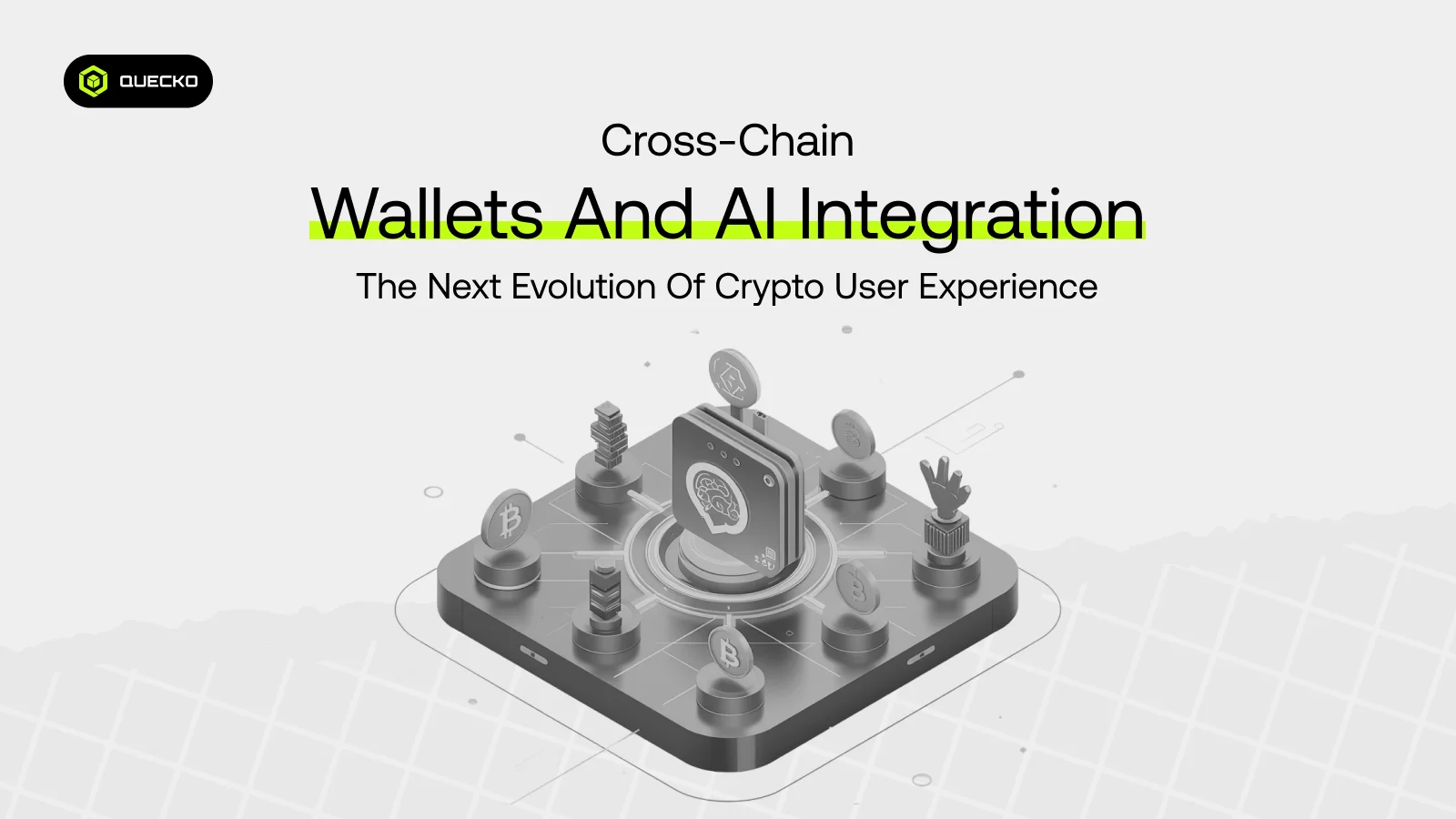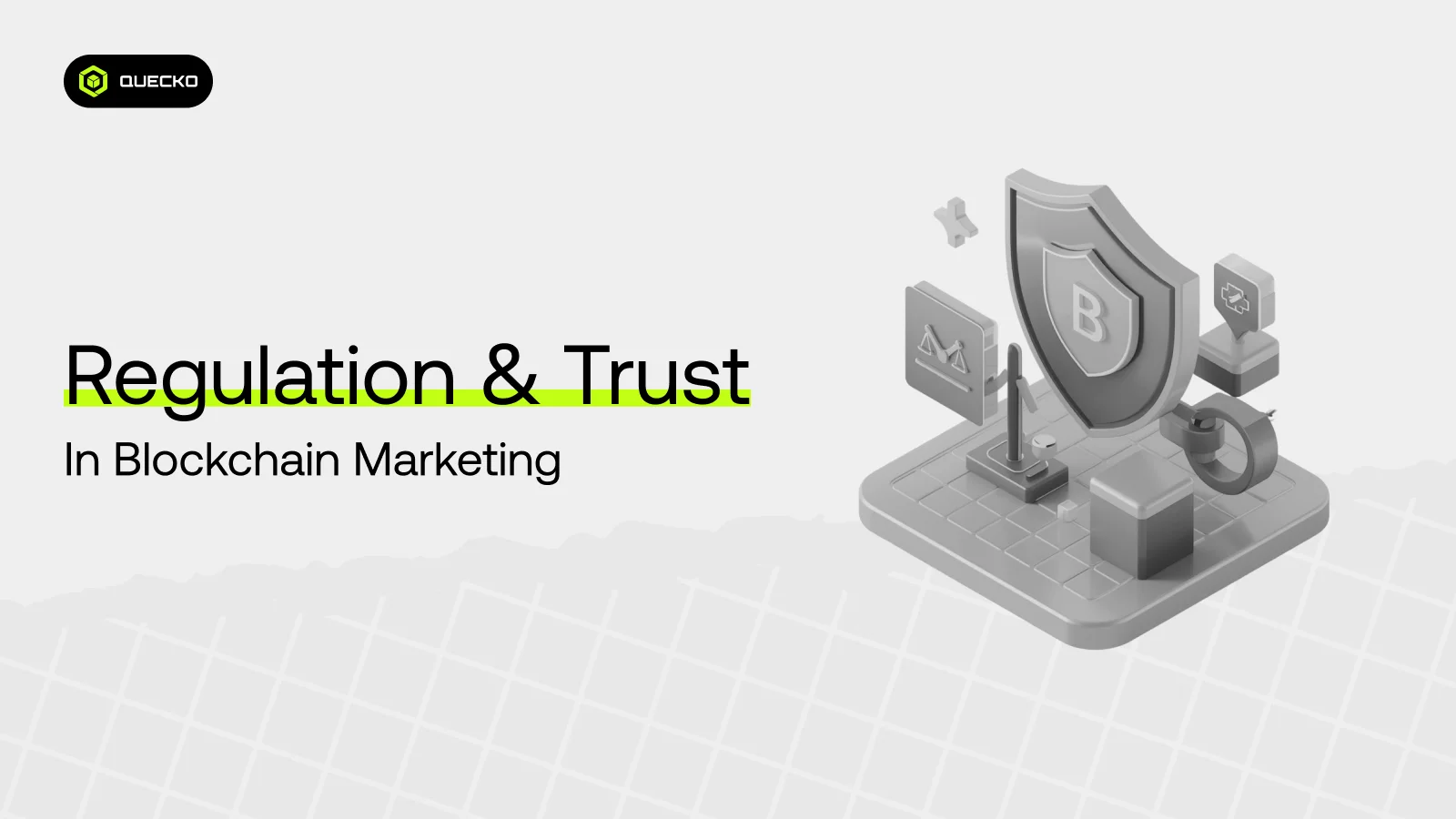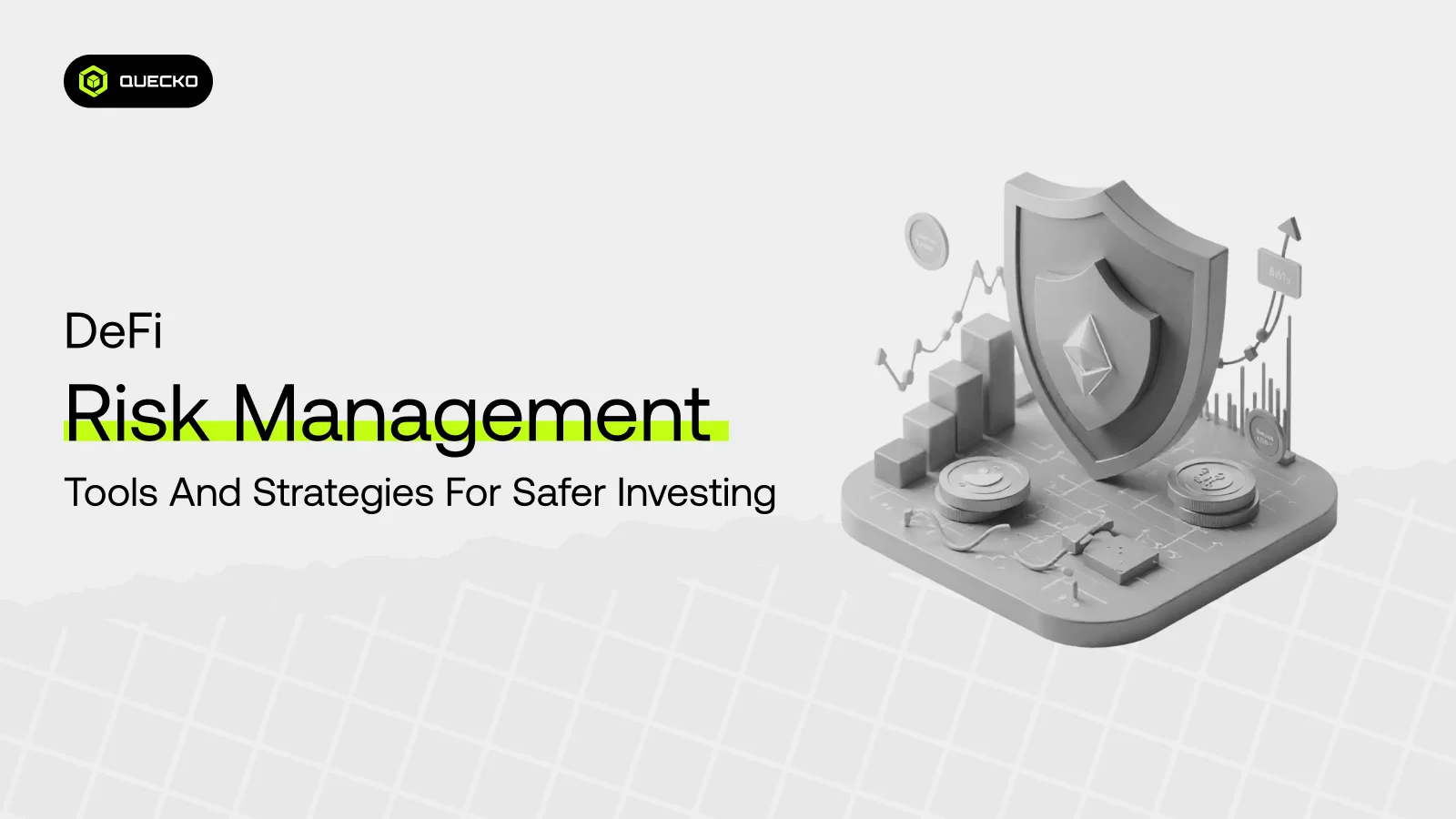Blockchain Network Congestion
Blockchain congestion slows transactions & raises fees. Learn why it happens, its impact on DeFi & NFTs, and how Layer 2, PoS, and sharding fix it.

Blockchain technology has revolutionized finance, gaming, and digital ownership by enabling trustless, decentralized transactions. However, as adoption grows, many networks struggle with congestion—a bottleneck where too many transactions compete for limited space.
This congestion leads to slow processing times, skyrocketing fees, and failed transactions, frustrating users and limiting blockchain’s potential.
In this in-depth guide, we’ll explore:
✔ What causes blockchain congestion?
✔ How does it impact users and businesses?
✔ What solutions exist today?
✔ What does the future hold for scalability?
What is Blockchain Network Congestion?
Blockchain congestion occurs when transaction demand exceeds network capacity. Since most blockchains process transactions sequentially (one block at a time), a sudden surge in activity creates delays.
Key Characteristics of Congestion:
- Pending transactions pile up in the mempool (waiting area).
- Gas fees (on Ethereum) or transaction fees (on Bitcoin) spike as users bid for priority.
- Slower confirmations, sometimes taking hours instead of minutes.
Real-World Example: Ethereum During NFT Mania
In 2021, when Bored Ape Yacht Club (BAYC) and other NFT projects launched, Ethereum’s network became so congested that:
- Gas fees exceeded $500 per transaction.
- Some users paid thousands in failed transactions due to low fee settings.
- DeFi protocols like Uniswap and Aave became unusable for small traders.
Root Causes of Blockchain Congestion
Now that we understand what congestion looks like, let’s examine why it happens. Several technical and economic factors contribute to blockchain congestion, and they often compound each other to create severe network slowdowns.
1. Limited Block Size & Block Time
- Bitcoin: Processes ~7 transactions per second (TPS) due to its 1MB block size and 10-minute block time.
- Ethereum: Handles ~15-30 TPS (varies with gas limits).
When thousands of transactions flood in per second, they queue up, causing delays.
2. High Demand from dApps & Smart Contracts
- DeFi platforms (e.g., Uniswap, Compound) execute complex transactions.
- NFT marketplaces (e.g., OpenSea) generate massive transaction volumes.
- Gaming & Metaverse projects (e.g., Axie Infinity) add further strain.
3. Miner/Validator Prioritization
- Miners (PoW) and validators (PoS) prioritize higher-fee transactions.
- Users who don’t increase fees may see stuck or dropped transactions.
4. Spam Attacks & Arbitrage Bots
- Malicious actors sometimes flood networks with spam transactions.
- Arbitrage bots on DEXs create congestion by executing rapid trades.
The Consequences of Network Congestion
When blockchain networks become congested, the ripple effects extend far beyond simple delays. These bottlenecks create a cascading series of problems that impact everyone from casual users to institutional investors.
The most immediate symptoms, slower speeds and higher fees, often mask deeper systemic issues that can fundamentally alter user behavior and market dynamics.
1. Soaring Transaction Fees
- Ethereum gas fees have hit $200+ during peak times.
- Bitcoin fees spiked to $50+ during bull markets.
2. Failed Transactions & Lost Funds
- If gas is too low, transactions get stuck or fail, wasting fees.
- Some users accidentally overpay due to urgency.
3. Poor User Experience
- DApps slow down or become unusable.
- Retail users get priced out of using the network.
4. Centralization Pressure
- High fees push users toward centralized alternatives (e.g., Binance Smart Chain).
- Smaller players can’t compete with whales who pay premium fees.
Current Solutions to Reduce Congestion
As blockchain congestion continues to challenge mainstream adoption, developers and researchers have engineered innovative solutions to scale networks without compromising security or decentralization.
1. Layer 2 Scaling (Rollups, Sidechains, State Channels)
- Optimistic Rollups (Arbitrum, Optimism): Batch transactions off-chain.
- ZK-Rollups (zkSync, StarkNet): Use zero-knowledge proofs for faster verification.
- Polygon (Sidechain): Processes transactions cheaply before settling on Ethereum.
- Lightning Network (Bitcoin): Enables instant, low-cost micropayments.
2. Ethereum’s Transition to Proof-of-Stake (PoS)
- Ethereum 2.0 increases throughput via sharding (64 parallel chains).
- PoS reduces energy use and speeds up block finality.
3. Dynamic Fee Adjustment Mechanisms
- EIP-1559 (Ethereum): This introduces a base fee that adjusts automatically.
- Bitcoin’s Replace-by-Fee (RBF): Allows users to bump up stuck transactions.
4. Alternative High-Speed Blockchains
- Solana: Claims 50,000+ TPS via parallel processing.
- Avalanche, Fantom, Near: These offer low-cost, fast alternatives to Ethereum.
The Future of Blockchain Scalability
Blockchain technology has transformed industries with its promise of transparency, security, and decentralization. However, scalability remains a critical challenge as the demand for blockchain applications grows. Advancements in scalability are key to ensuring that blockchain networks can handle increased transaction volumes, maintain low latency, and uphold decentralization principles. Here are some innovative approaches shaping the future of blockchain scalability:
1. Modular Blockchains (Celestia, EigenLayer)
- Separates execution, consensus, and data availability layers.
- Allows specialized scaling solutions.
2. Cross-Chain Interoperability (Cosmos, Polkadot)
- Enables seamless transactions across multiple chains.
- Reduces load on any single network.
3. AI-Optimized Block Propagation
- Machine learning could predict congestion and adjust fees dynamically.
4. Quantum-Resistant Blockchains
- Future-proofing against quantum computing attacks that could disrupt networks.
Conclusion:
While congestion is a short-term pain point, ongoing innovations promise a scalable, efficient future. Users can mitigate issues by:
✔ Using Layer 2 networks (e.g., Arbitrum, Polygon).
✔ Monitoring gas fees with tools like Etherscan Gas Tracker.
✔ Exploring alternative chains (Solana, Avalanche) for lower costs.
The blockchain space is evolving rapidly what seems like a bottleneck today may soon be a solved problem.
Date
6 months agoShare on
Related Blogs

The Future of Web3 UX Is Here: AI Meets Cross-Chain Wallets
5 hours ago

Why Regulation Could Be Blockchain Marketing’s Secret Weapon
1 day ago

DeFi Risk Management: Tools and Strategies for Safer Investing
3 days ago

The Rise of Layer-2 Gaming Economies: Faster, Cheaper
7 days ago








